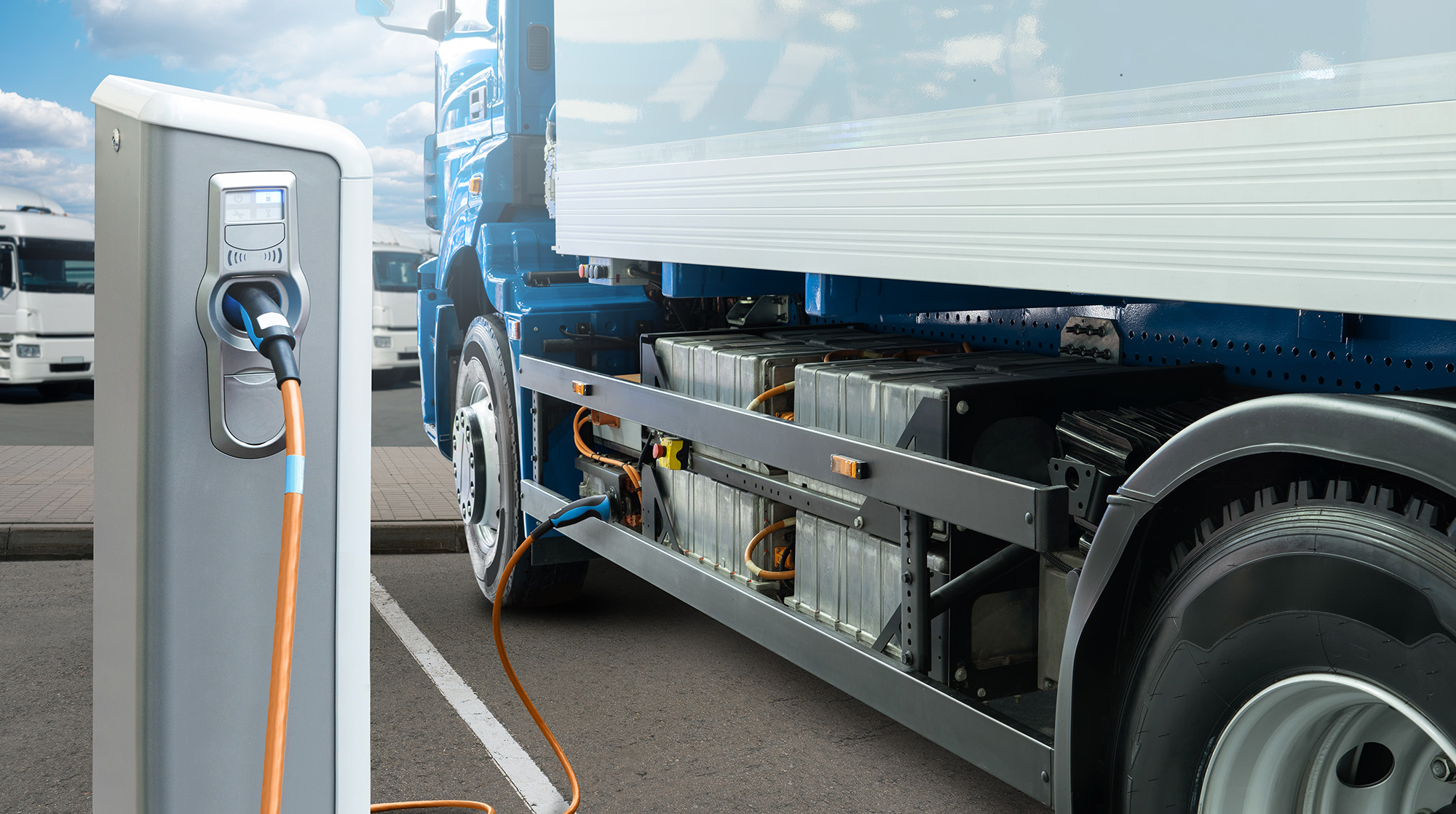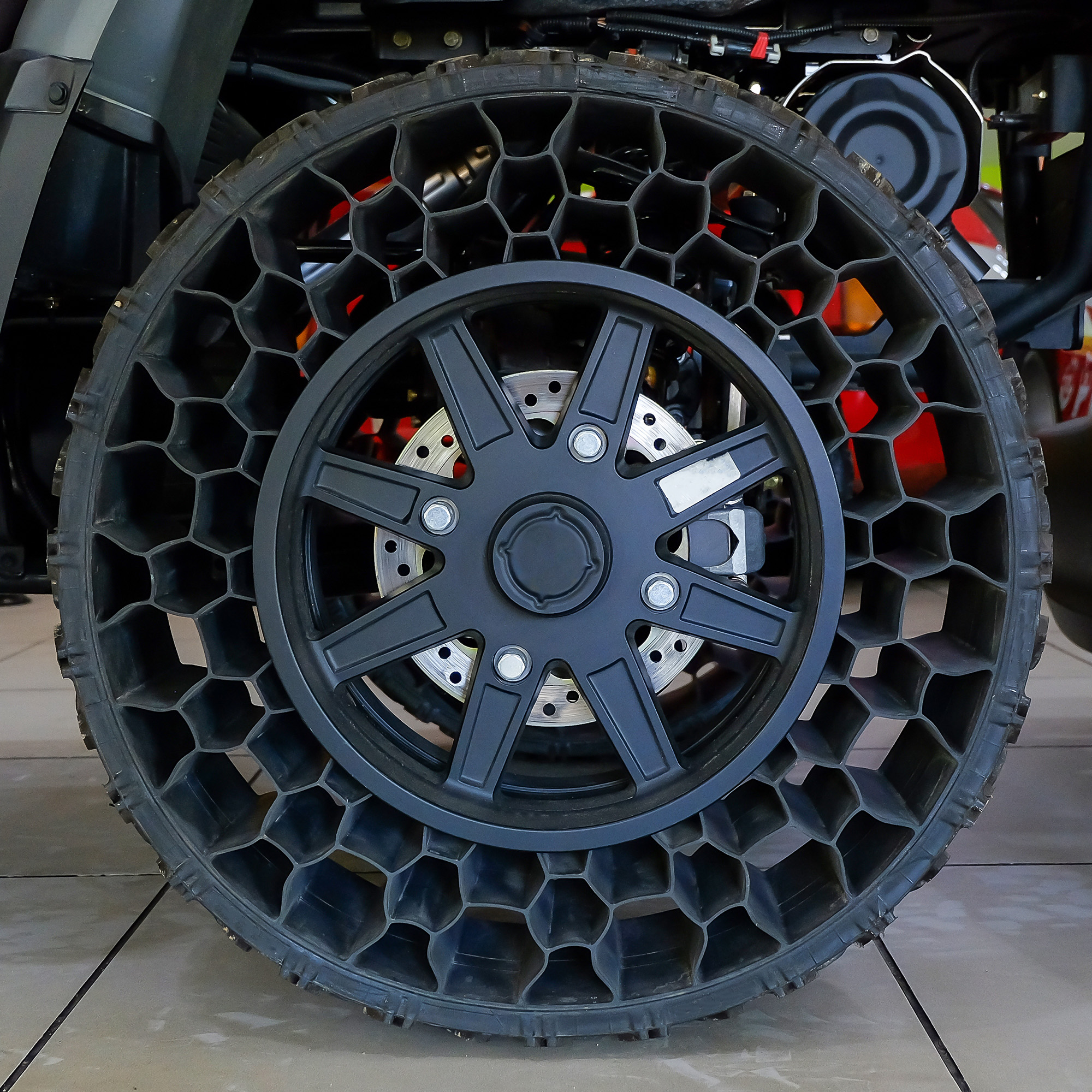Continuous evolution and adaptation of new technologies in the trucking industry are transforming the landscape. Among these innovations, three technologies stand out, specifically catering to the industry’s three biggest operating expenses: labor, fuel, and tires. It is no surprise that these areas are the primary focus for innovation, as implementing advancements here can result in substantial cost savings for fleets.
1. Autonomous Trucks
 The concept of self-driving trucks may seem like something out of science fiction, but it holds solutions to many challenges faced by the trucking industry. One pressing issue is the shortage of drivers, which is predicted to worsen over time, particularly as some states are expected to experience their first population decline in human history, placing even more strain on the industry. At this juncture, automation plays a pivotal role in maintaining the economy’s current level by ensuring smooth logistics operations.
The concept of self-driving trucks may seem like something out of science fiction, but it holds solutions to many challenges faced by the trucking industry. One pressing issue is the shortage of drivers, which is predicted to worsen over time, particularly as some states are expected to experience their first population decline in human history, placing even more strain on the industry. At this juncture, automation plays a pivotal role in maintaining the economy’s current level by ensuring smooth logistics operations.
Adopting autonomous truck technology can address several other industry issues, including minimizing human error, improving driving habits, preventing fatal accidents, reducing the need for frequent rest stops, shortening lead times, and ultimately saving fleets significant labor costs. While it is true that the technology is still a work in progress, it is already sought after by some of the world’s largest fleets and holds promise for transforming the trucking industry.
2. Electric Trucks
 The advent of electric trucks has become a reality, with more and more manufacturers offering their versions of these vehicles. Electric trucks offer several benefits compared to their diesel counterparts. Most notably, they significantly reduce emissions, leading to cost savings for fleets on fluctuating fuel prices and contributing to a cleaner environment. Another advantage is the vehicle’s low noise levels, particularly beneficial when operating in residential areas.
The advent of electric trucks has become a reality, with more and more manufacturers offering their versions of these vehicles. Electric trucks offer several benefits compared to their diesel counterparts. Most notably, they significantly reduce emissions, leading to cost savings for fleets on fluctuating fuel prices and contributing to a cleaner environment. Another advantage is the vehicle’s low noise levels, particularly beneficial when operating in residential areas.
However, like any emerging technology, electric trucks also come with drawbacks. The most significant challenges include limited driving range compared to diesel-powered trucks, inadequate charging infrastructure, and the higher initial cost of the vehicles. Nevertheless, as technology improves and competition intensifies, these disadvantages are expected to gradually diminish, making electric trucks a more attractive and sustainable option for the trucking industry’s future.
3. Airless Tires
 The concept of airless tires has been around for some time now, with several top-tier tire manufacturers developing their versions. These tires offer a significant advantage by eliminating the need for consumers to maintain proper tire pressure to ensure safety. Proper tire pressure is crucial for tire maintenance, and failure to do so can lead to tire blowouts, which pose fatal risks and cause premature tire wear.
The concept of airless tires has been around for some time now, with several top-tier tire manufacturers developing their versions. These tires offer a significant advantage by eliminating the need for consumers to maintain proper tire pressure to ensure safety. Proper tire pressure is crucial for tire maintenance, and failure to do so can lead to tire blowouts, which pose fatal risks and cause premature tire wear.
While airless tires hold enormous potential for innovation, they still have a long way to go. At present, the disadvantages outweigh the benefits. The current designs are not suitable for high-speed use, as the constant flexing of the rubber-like materials causes them to heat up quickly, resulting in premature wear and failure. Moreover, the open sidewall concept in current designs can trap debris such as mud, snow, or gravel, leading to unpleasant vibrations.
In conclusion, the trucking industry is witnessing rapid advancements in technology, and these three future technologies – autonomous trucks, electric trucks, and airless tires – hold great promise for revolutionizing the sector. As these technologies mature and overcome their current challenges, they will undoubtedly lead to a more efficient, sustainable, and cost-effective future for the trucking industry.



